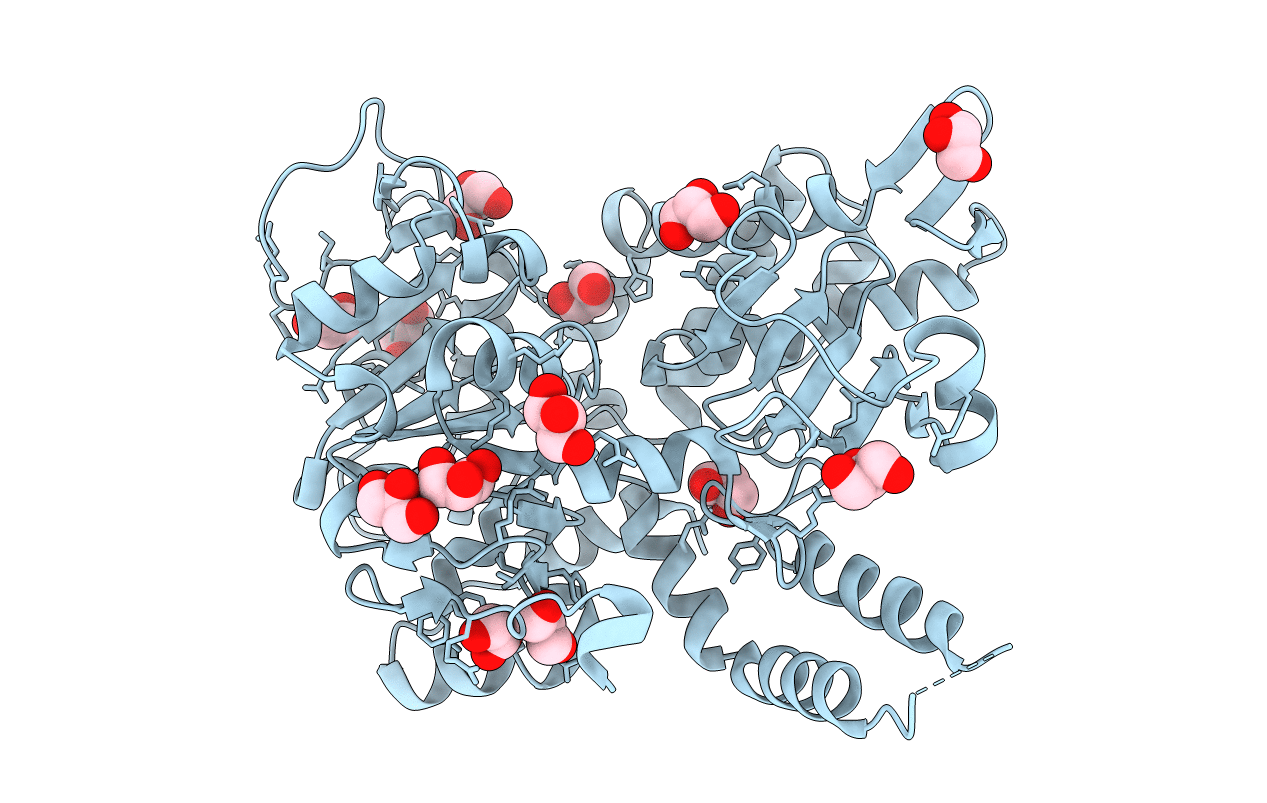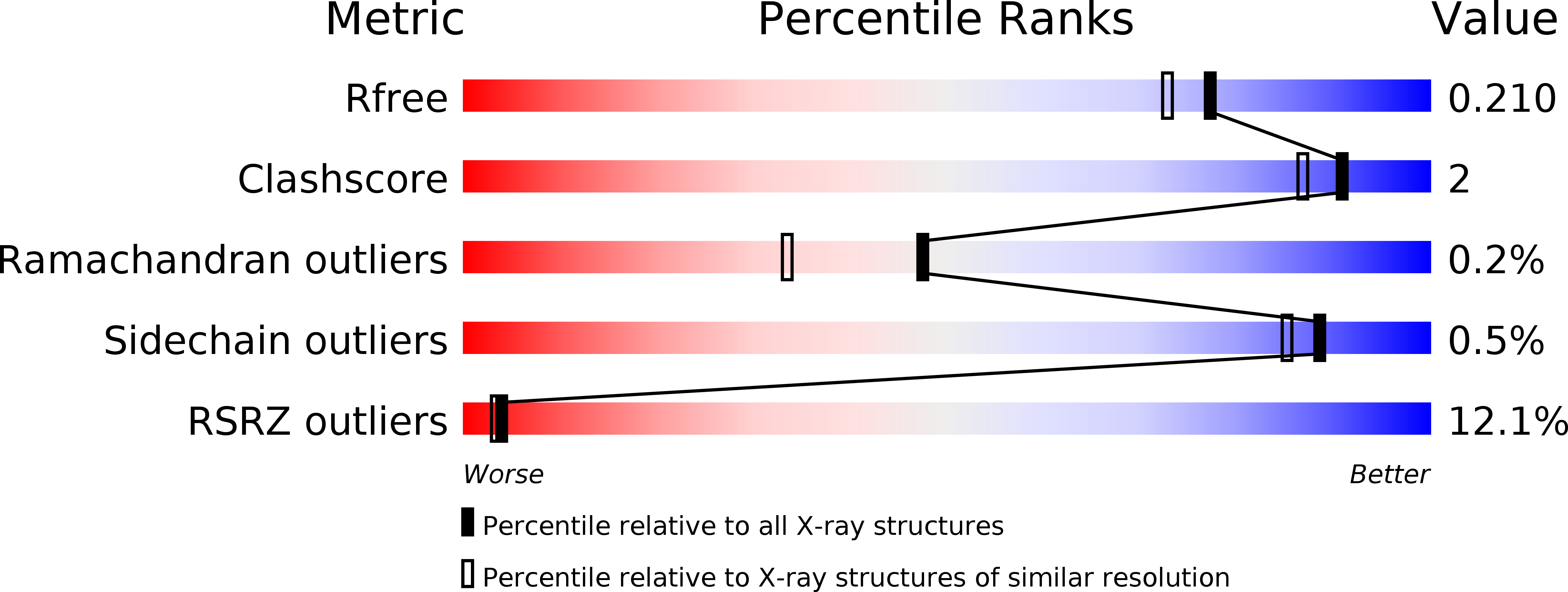
Deposition Date
2016-05-27
Release Date
2016-09-21
Last Version Date
2024-01-10
Method Details:
Experimental Method:
Resolution:
1.84 Å
R-Value Free:
0.20
R-Value Work:
0.17
R-Value Observed:
0.17
Space Group:
I 2 2 2


